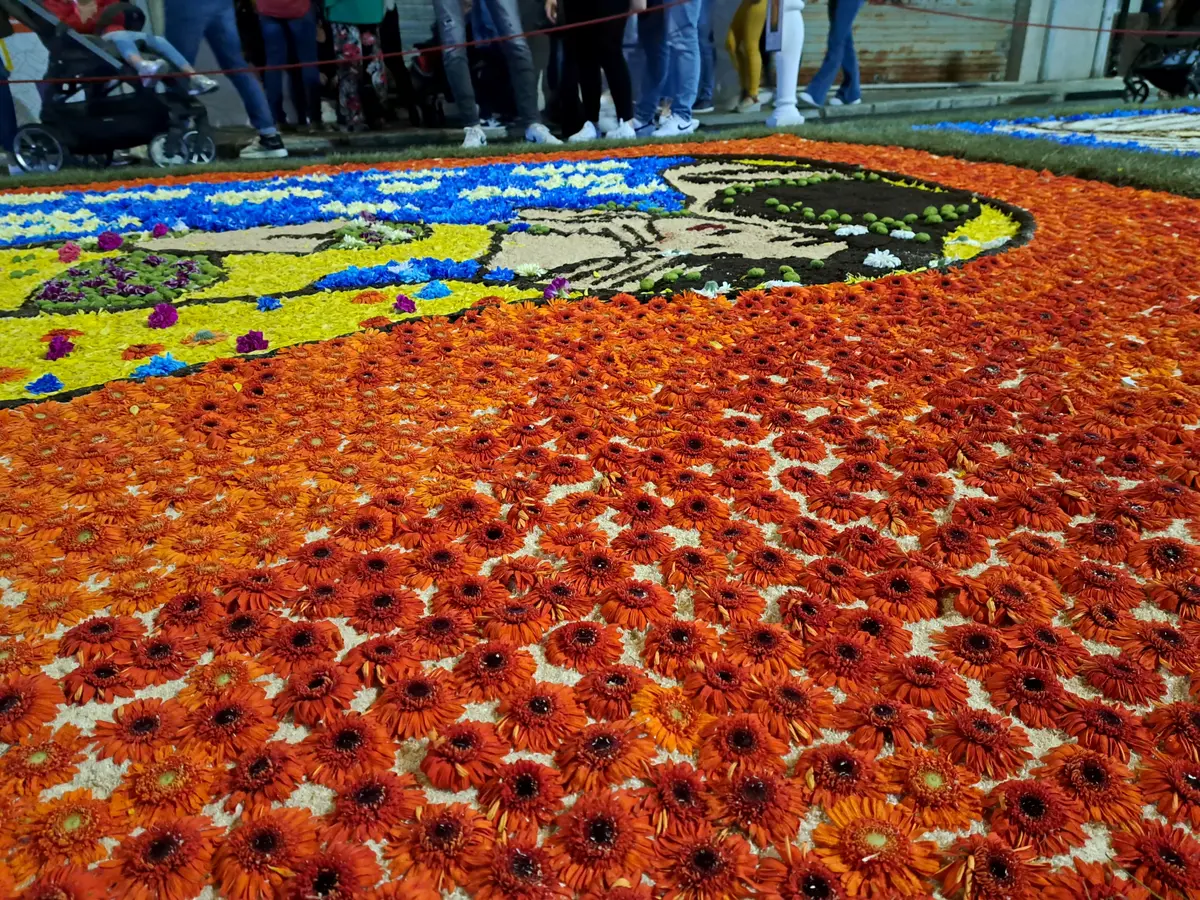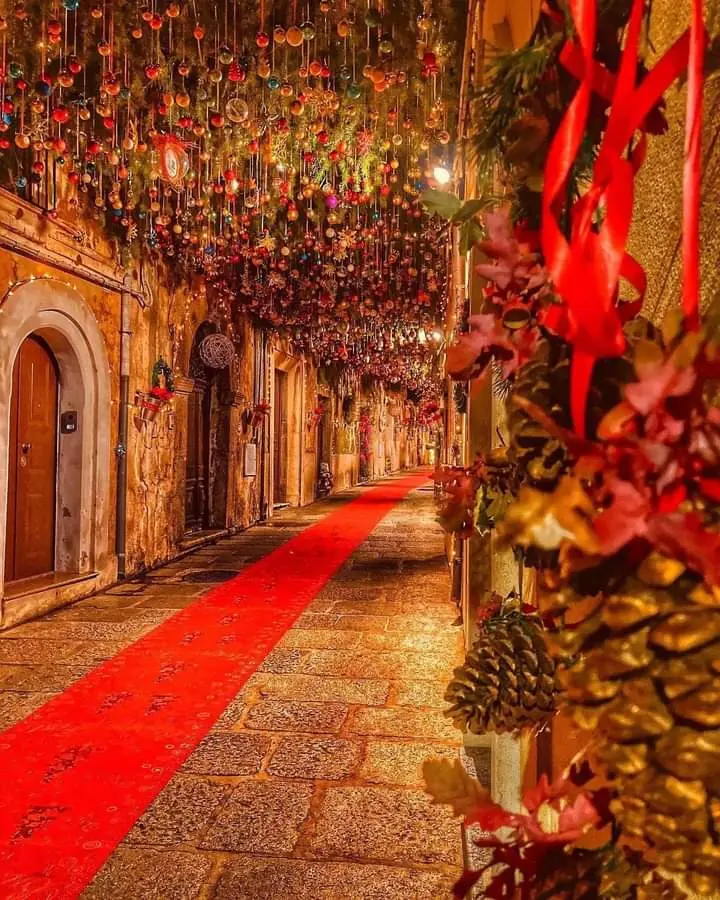Luzzi and the ancient traditions of Calabria
A visit to the village of "pacchiana"

Tradition and folklore
Regione Calabria
Calabria is an ancient land that still preserves its popular and peasant traditions intact. The heritage of a civilisation that has almost everywhere disappeared, which tries to resist by telling its story through customs, trades, re-evocations and notes of folklore that are good for the soul.
Among the many small mountain centres, nestled in the Presila Cosentina along the Crati Valley, the town of Luzzi offers those who visit it a glimpse of times gone by, which finds its most distinctive accent in local folklore.
Let us discover together the fascinating face of a lost world.
The pacchiana and the Luzzi Ethnographic Museum
A typical southern-central Italian female costume, the pacchiana (peasant woman) finds a particularly heartfelt interpretation in Luzzi.
The pacchiana of Luzzi, with its bright colours and precious fabrics in silk and velvet weaves, is revived on particular occasions of the year: at festivals and traditional re-enactments, to recall the time when women dressed solemnly according to the ancient marriage ceremony and in other circumstances relevant to the community.
What does the pacchiana costume consist of? In a series of indispensable elements, real layers to be worn in a precise manner. It starts with the long, wide skirt, the cammisuòtto, made of two overlapping fabrics; over the actual shirt, strictly white linen (murletta) is worn a shirt cover with wide sleeves (cammisòla), embellished with a gold lace (magliùccu) and an equally precious pin. The head is covered by the so-called rituòrto, below which the traditional hairstyle has the hair parted in the middle.
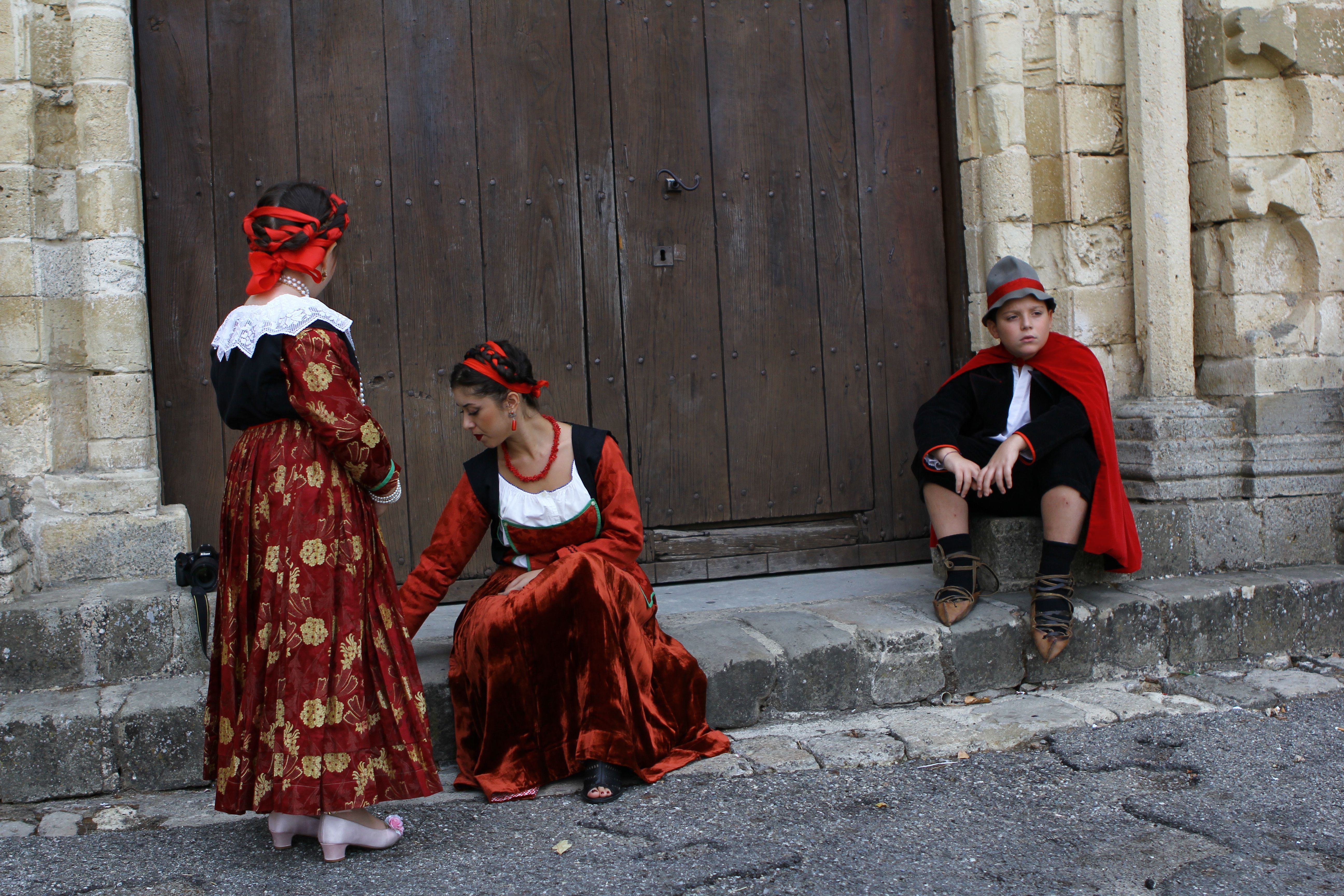
Luzzi's pacchiana wears shiny black leather shoes. To complete the work, she adorns herself with antique jewellery: gold flat drop earrings, staggered hoop rings with beaded rosettes and a 10-strand scaramazze necklace with a gold star pendant.
Thus festively adorned, the woman of Luzzi proceeds through the streets of the village with dignified majesty, like a queen presiding over great social events.
You can learn about the history and peculiarities of this and other costumes by visiting the Ethnographic Museum of Luzzi, a traditional exhibition space where, in addition to typical clothes, there is also a wide variety of tools and artefacts of the ancient peasant civilisation and traditional furnishings of Luzzi and Calabrian homes.
The museum, organised by the Pro Loco La Terra dei Lucij and the local association, is divided into four rooms and exhibits some particularly interesting pieces, such as the mullet that was used to grind wheat on the threshing floor, various types of ploughs and scales, carpentry tools and loom artefacts.

If it is true that identity and tradition also pass through the food, you can not leave Luzzi without having tasted the appetizing grupariàta (literally, "laundry"), the typical pizza made with garlic, peeled tomatoes and chilli.
Each family declines it in its own way, but everyone agrees in handing down the legend of origin of this delicious local pizza, which evokes a story of love, passion and death. A story that is tinged with red, just like the predominant and fiery color of the main ingredients that compose it.
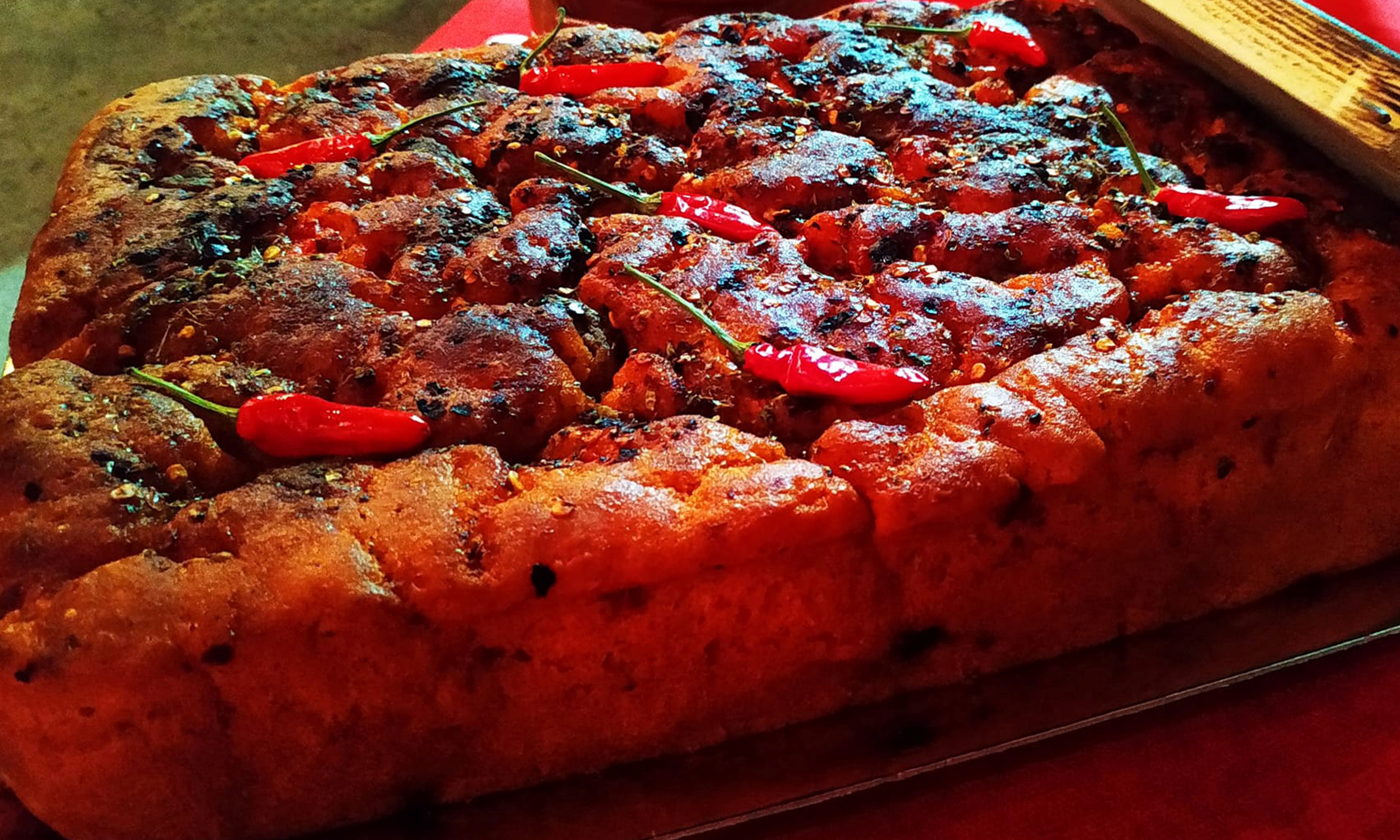
What to see in Luzzi and surroundings
A stone's throw from the Sila National Park of Cosenza, the town of Luzzi appears like a nativity scene nestled in the green.
A walk through the small historic centre reveals the beauty of religious and noble buildings of great value. Among the first is the 14th-century Church of Sant'Angelo, famous as the custodian of a painting depicting Santa Maria delle Grazie (a work of the school of Vinci) and a 17th-century wooden altar classified as a National Monument.
The Church of the Immaculate Conception is no less famous, with an important work by Luca Giordano. So, too, are the minor churches that one encounters along the alleys and small squares.
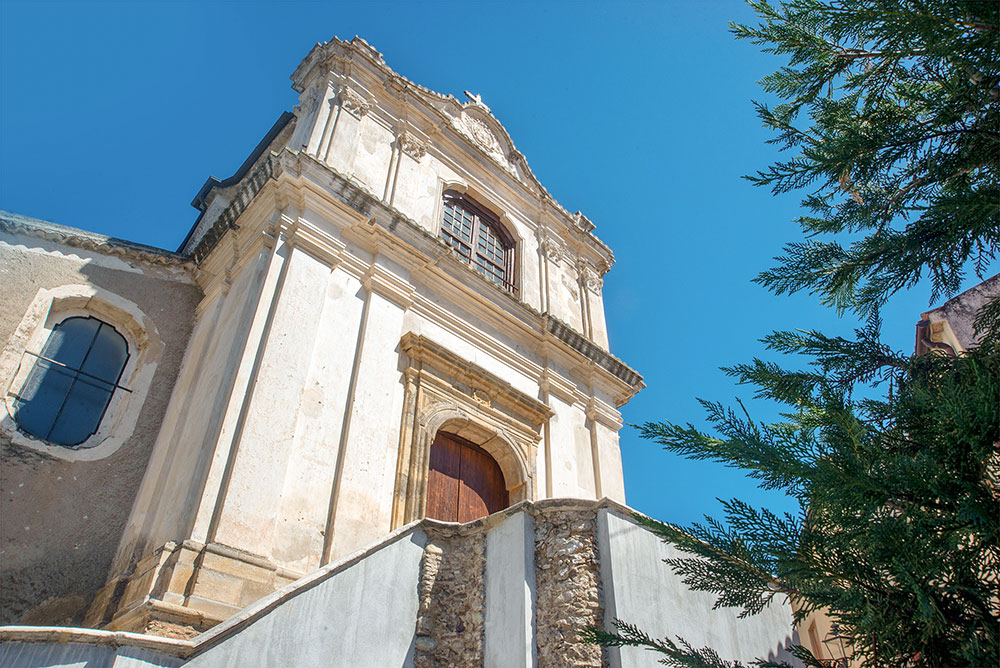
Among the representative buildings, the present-day Palazzo Comunale (18th century) bears witness to the historical stratifications of the community, starting from the regency of the Sanseverino family, when it was owned by the Firrao princes and called Palazzo Vivacqua (after their original surname). Worthy of note after restoration are the advanced structure of the entrance portal, the grand staircase and the gardens.
Finally, the jewel for which Luzzi is famous throughout the region: the Sambucina Abbey.
One of Calabria's most important heritages, this monastery hosted the philosopher abbot Gioacchino da Fiore and it offers several frescoes dating from the 16th century onwards.
Founded in 1087 by a community of Benedictine monks, La Sambucina has been associated with the Abbey of Clairvaux, in France, and it has generated branches throughout the region. A poem of the same name by Vincenzo Padula is also dedicated to the abbey.
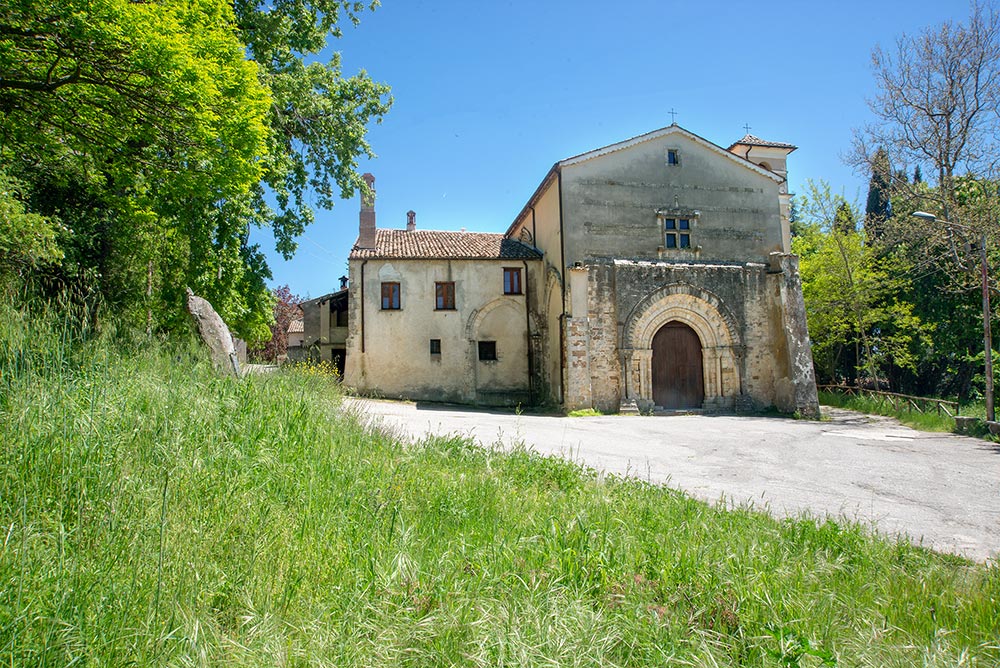
https://calabriastraordinaria.it/en/news/luzzi-and-the-ancient-traditions-of-calabria

